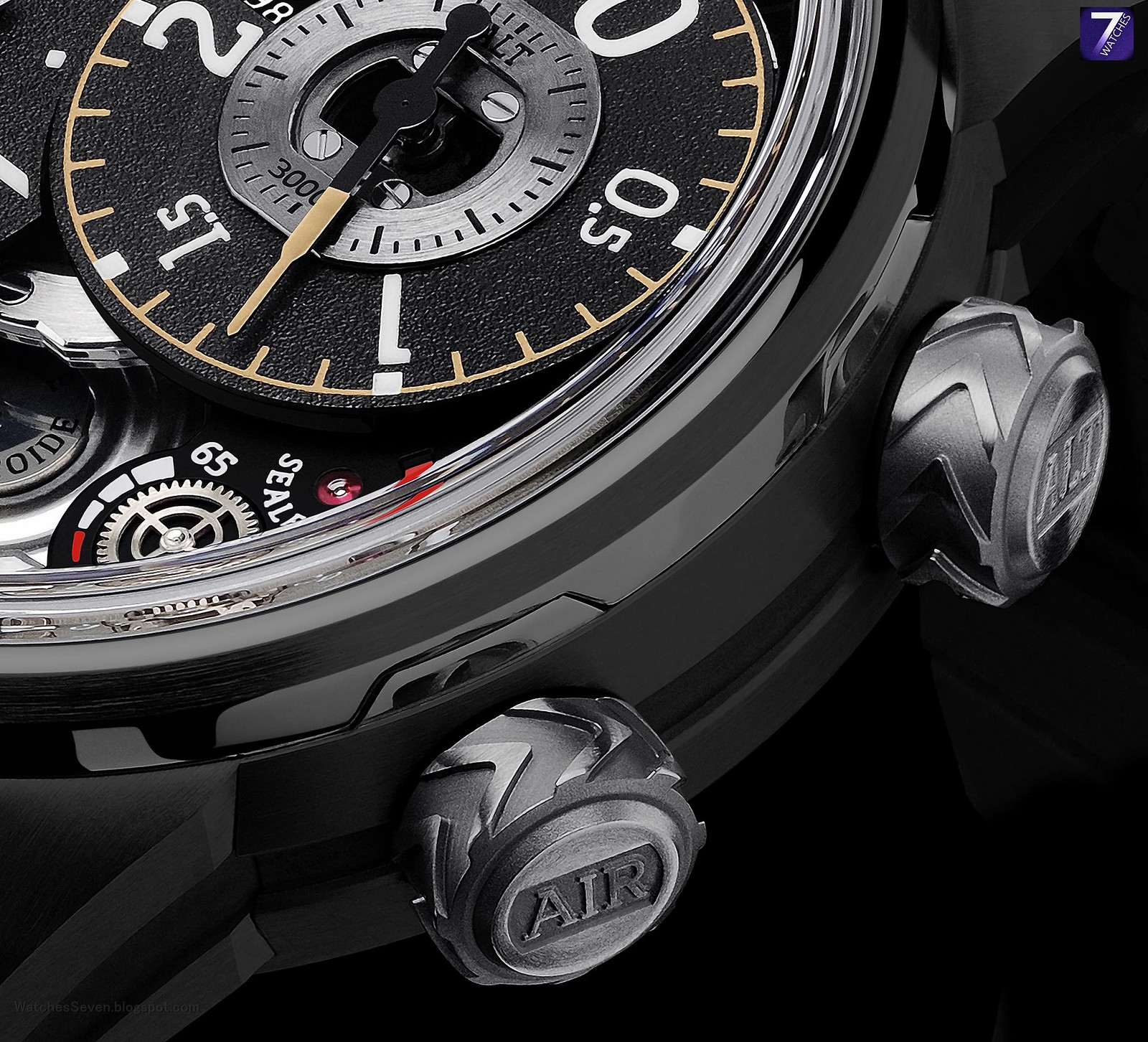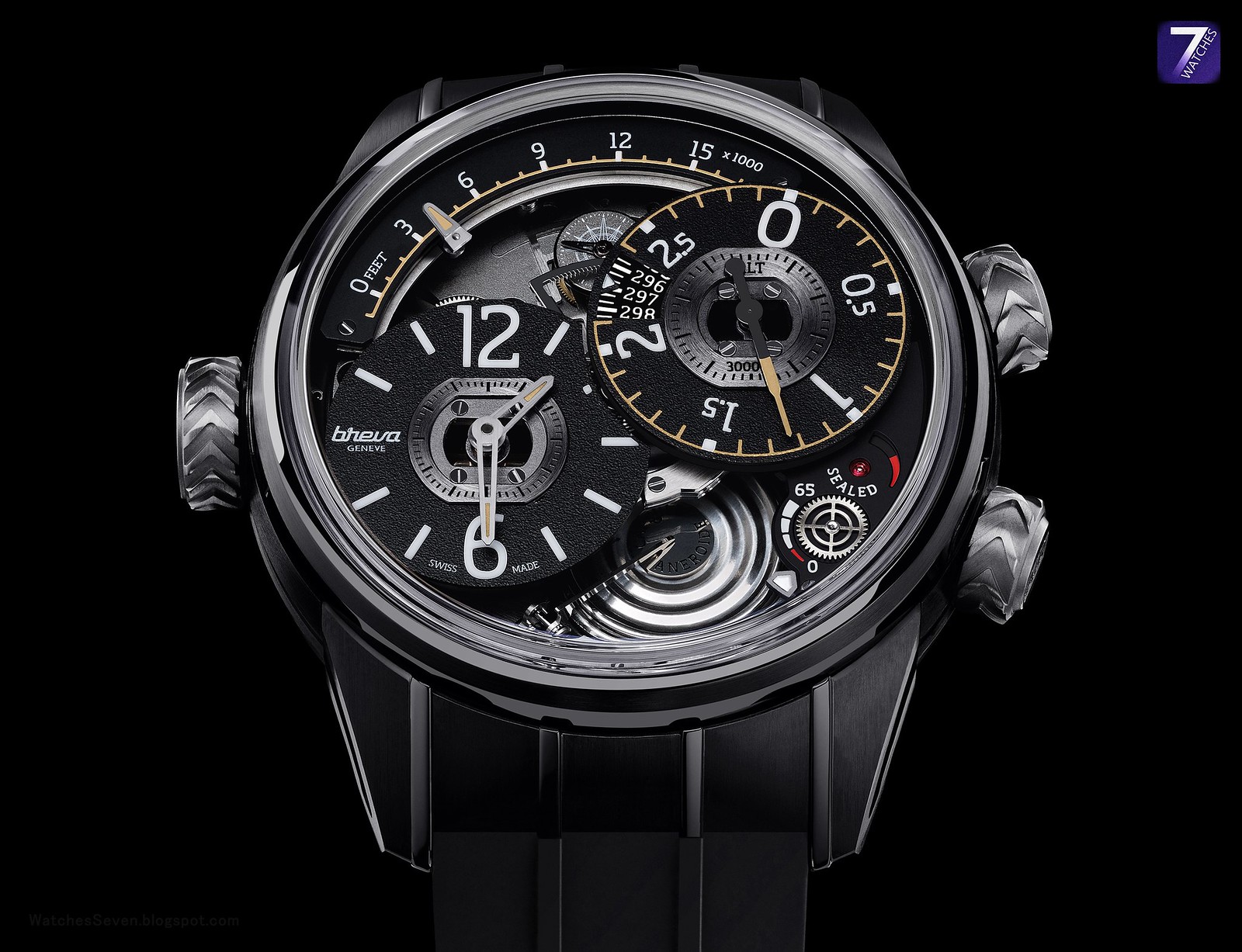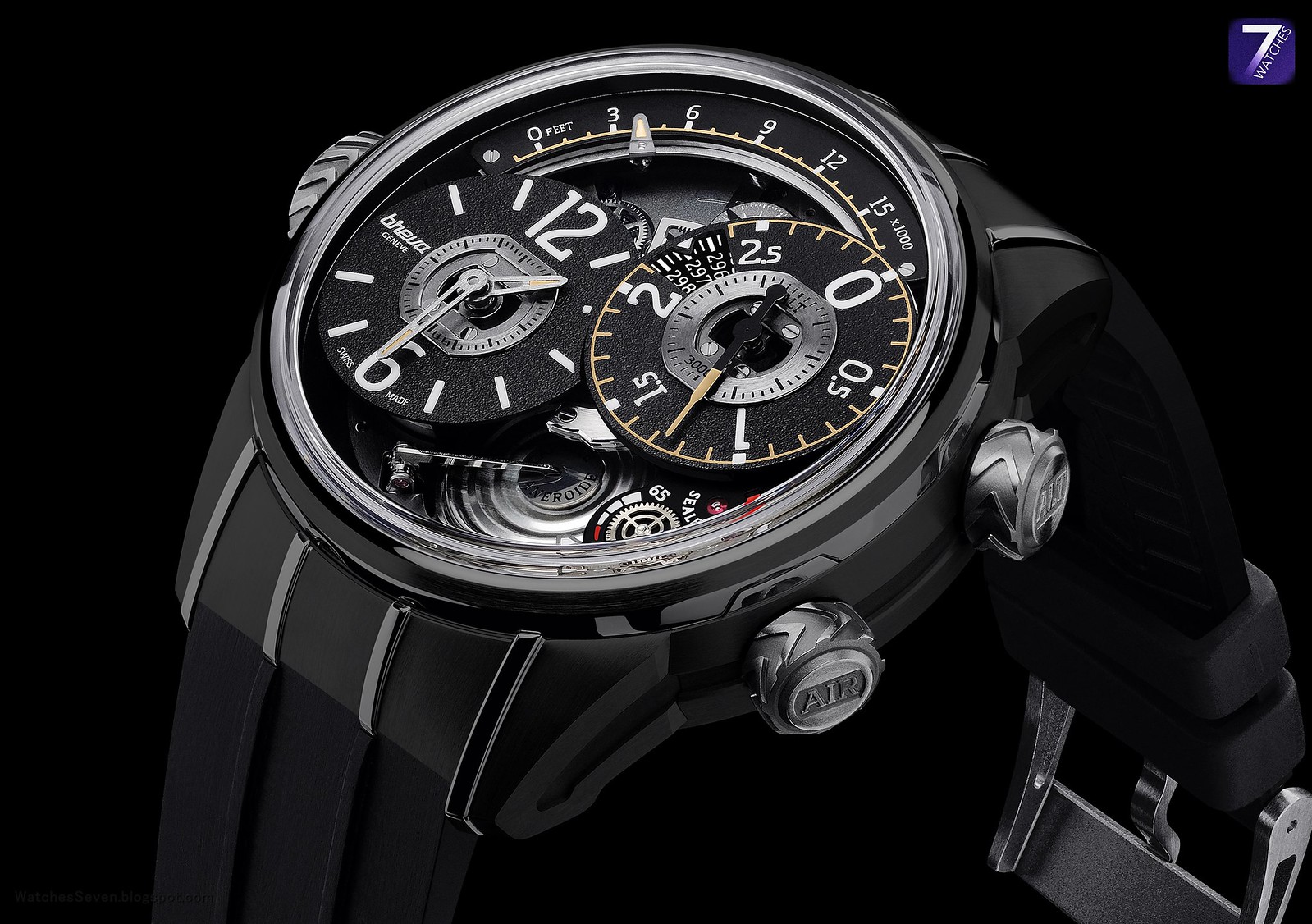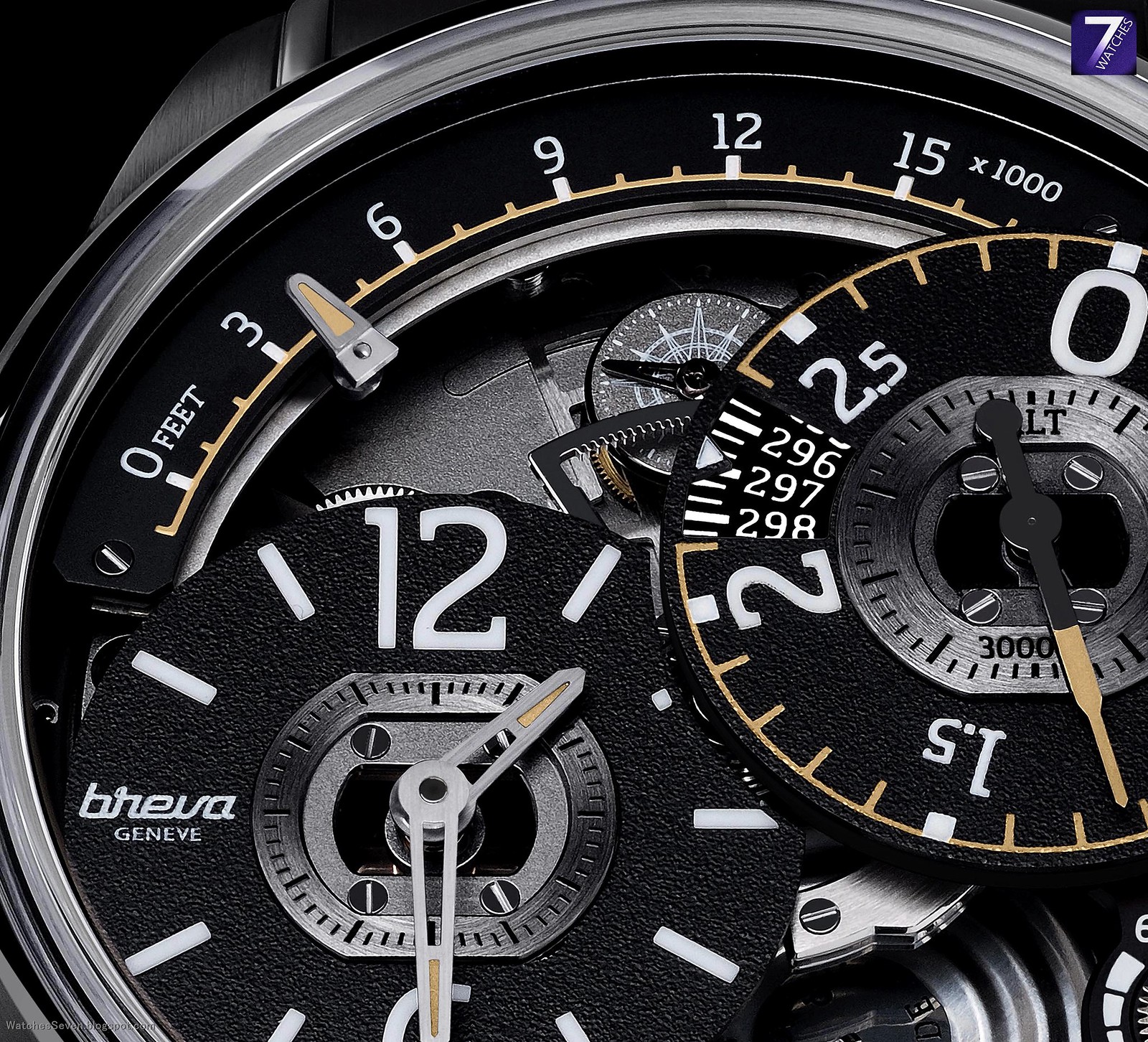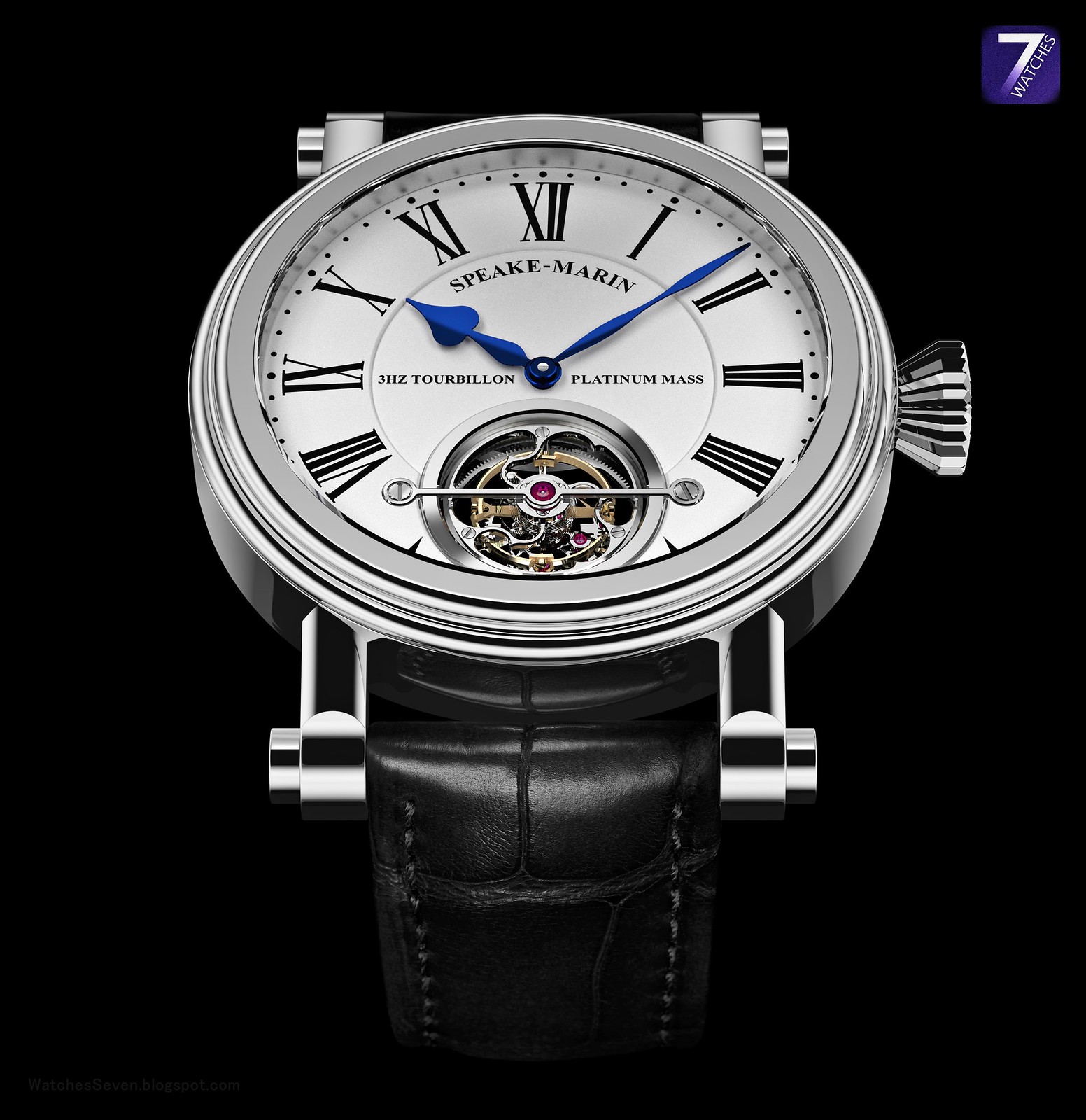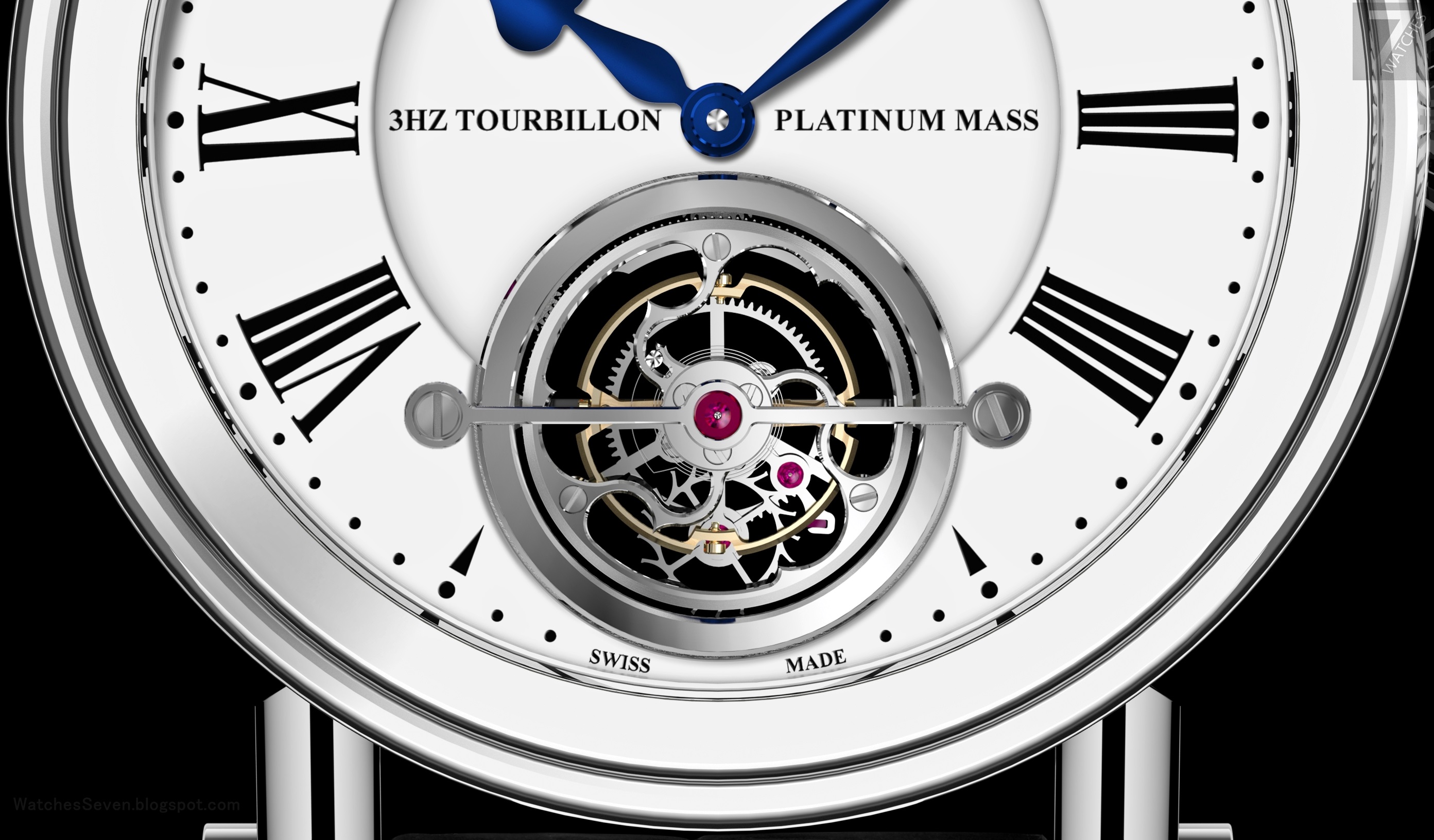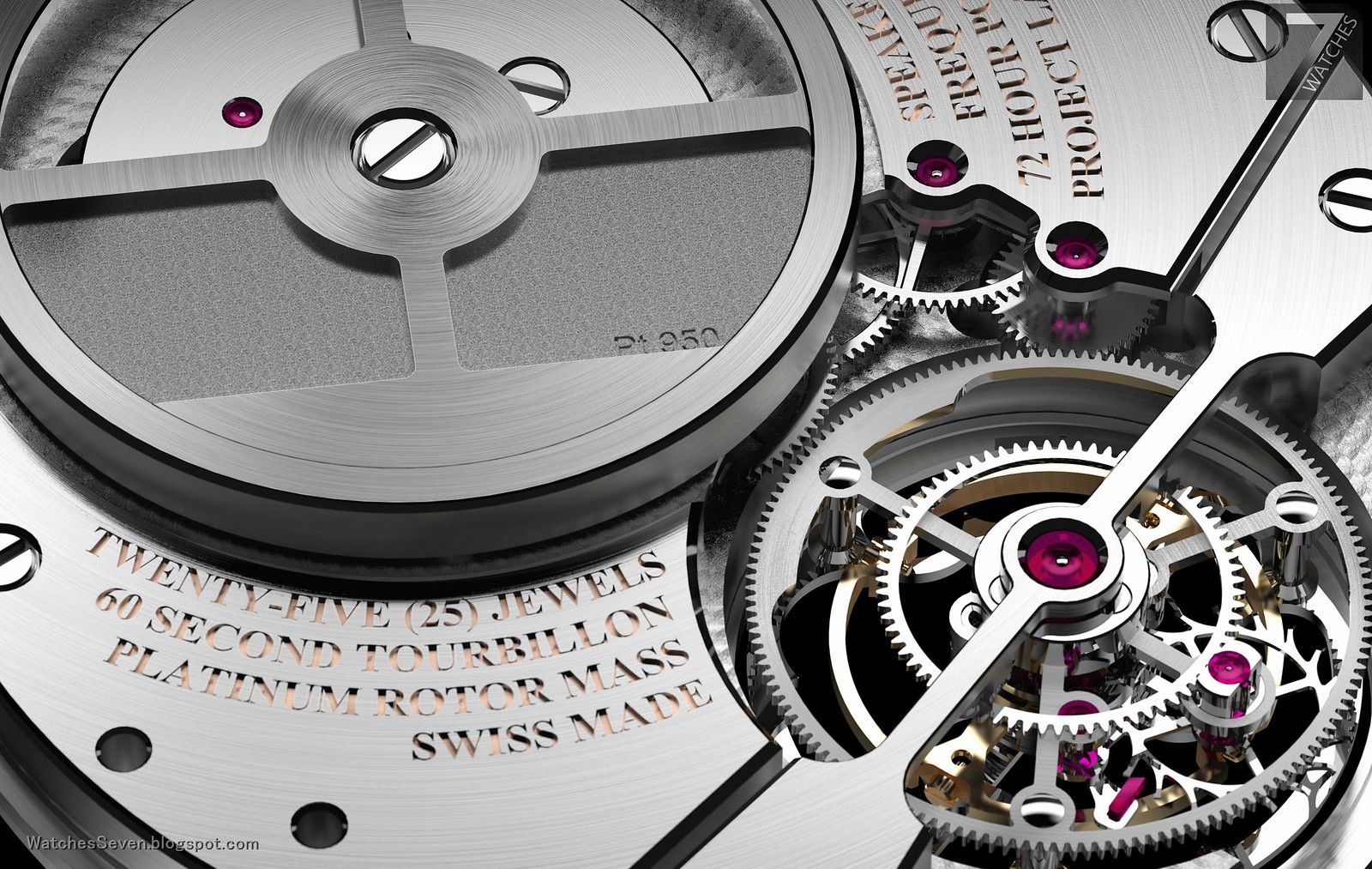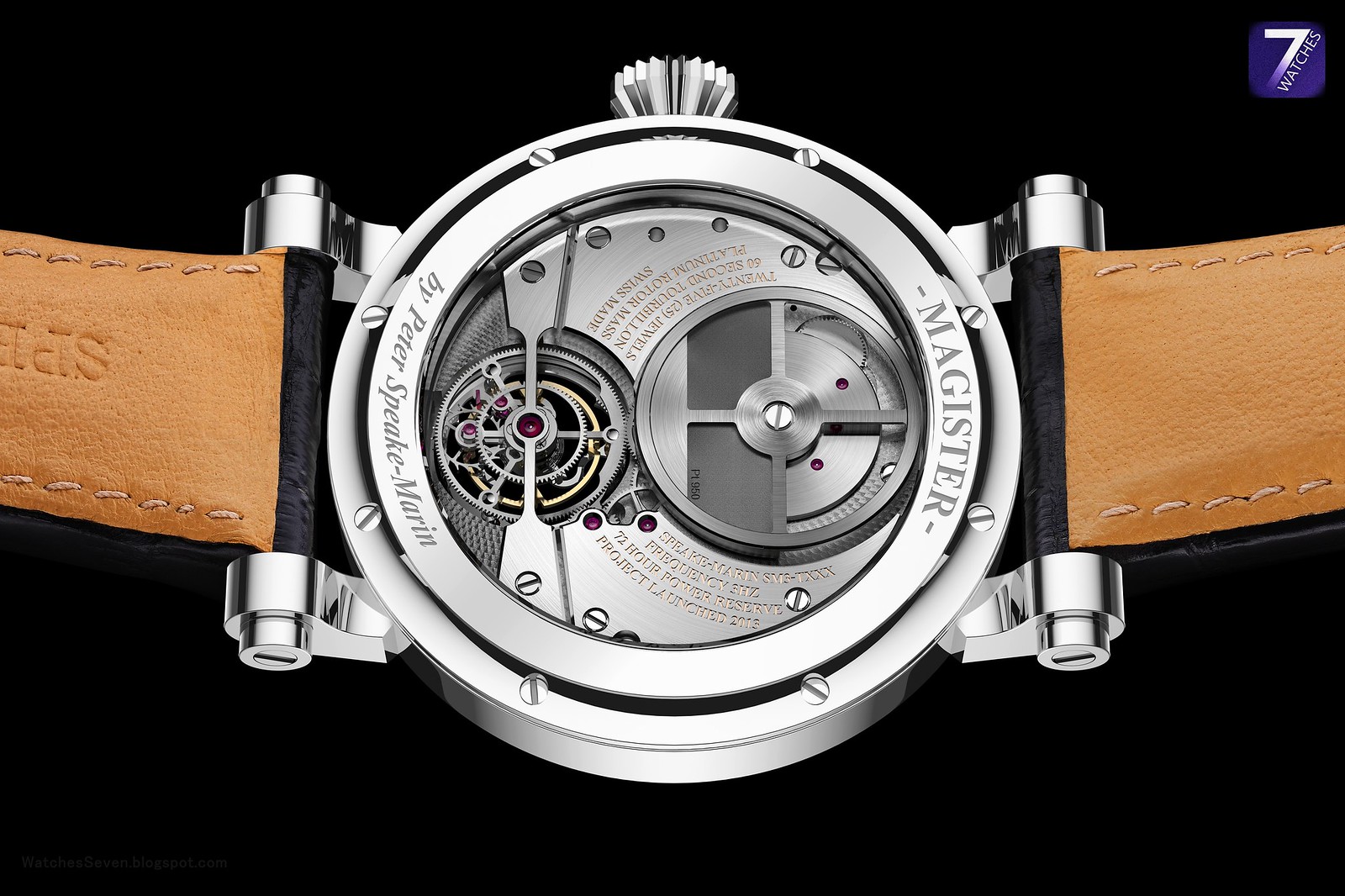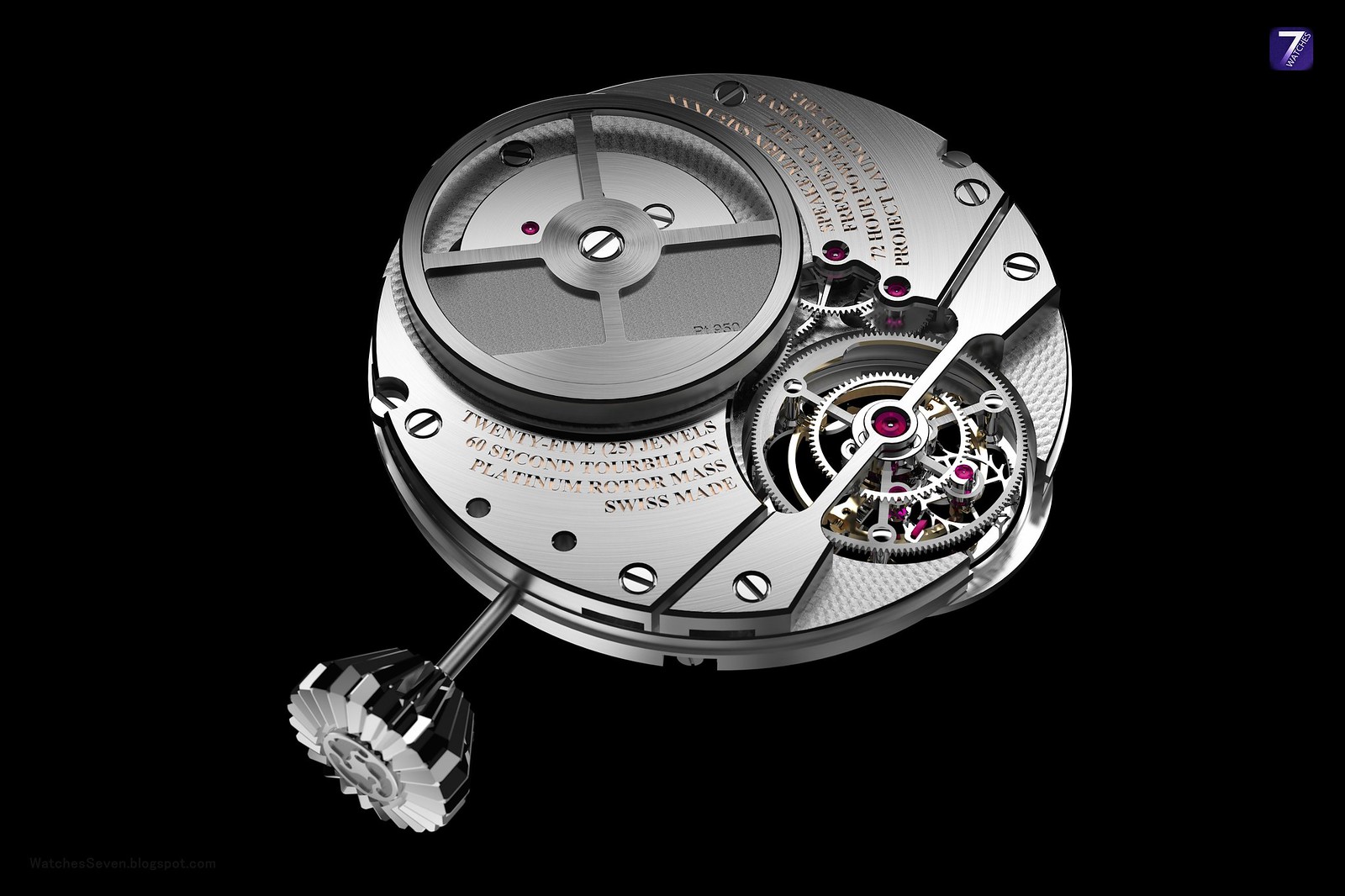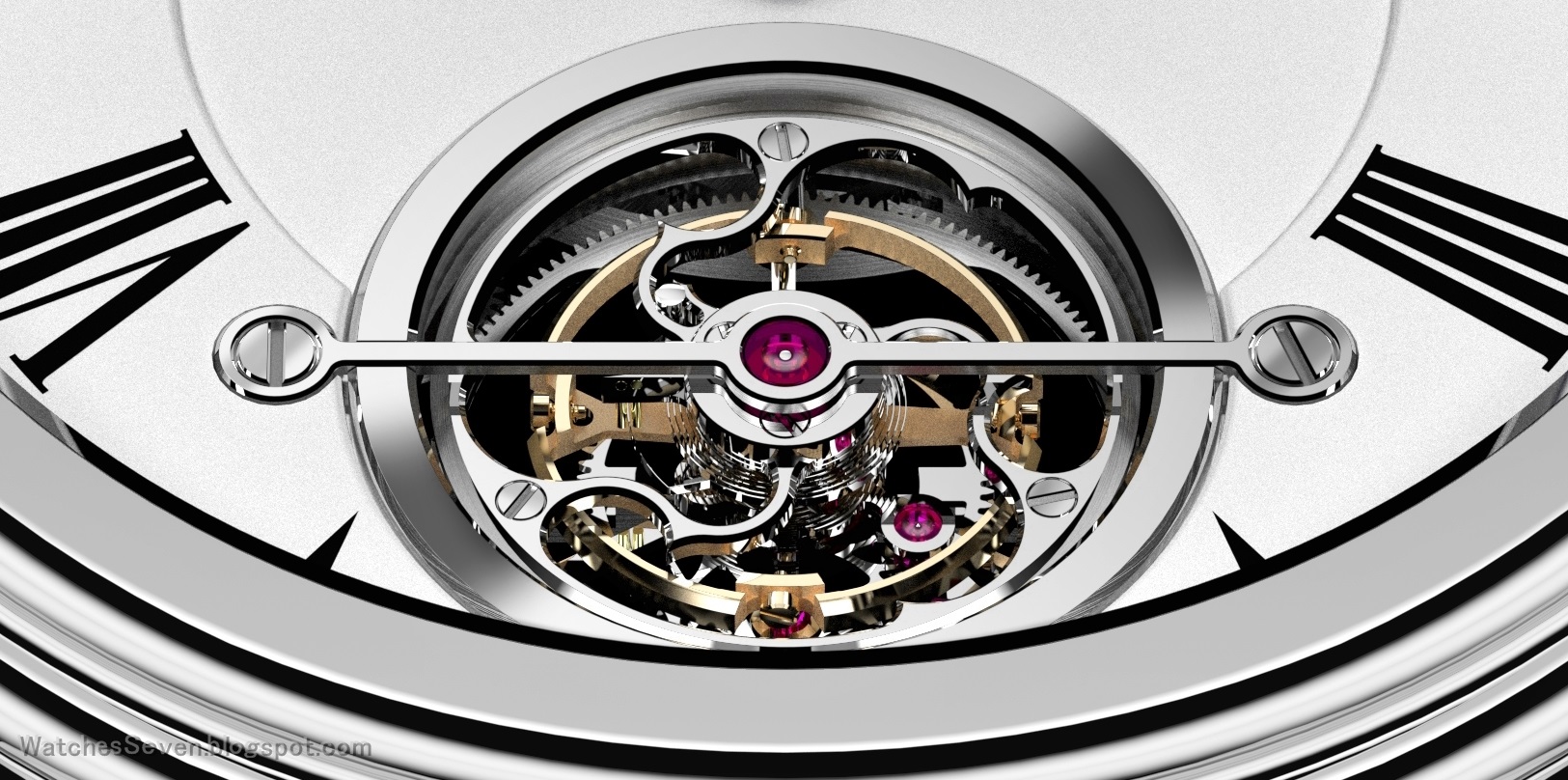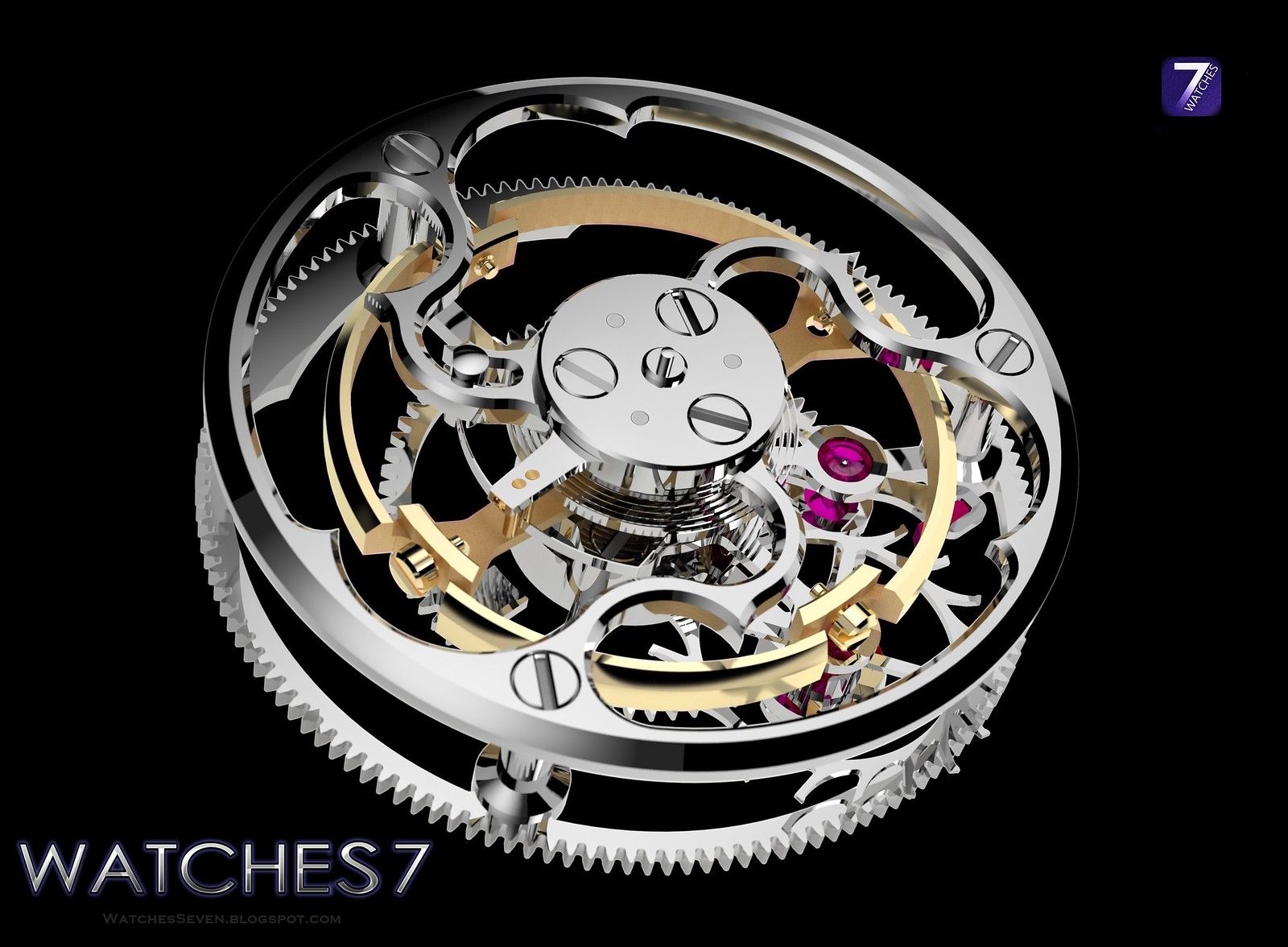BREVA – Génie 02 AIR Limited Edition NEW
Spread your Wings and Soar!
The Breva Génie 02 Air combines the stunning sophistication of a beautifully crafted mechanical timepiece with the practicality of a fully functional, high-performance altimeter. Whether your passion is paragliding, flying, skydiving, hang gliding, mountain climbing, skiing, or simply enjoying the fresh air and stunning views that high altitudes offer, the Génie 02 Air is the perfect companion.
The black titanium case of the Génie 02 Air offers a subtle but stunning backdrop to the high-legibility hands and markers, ensuring that essential information, i.e. time and altitude, is easily visible at a glance.
The superbly finished proprietary movement, much of which can be fully appreciated through the open dial and display back, was developed exclusively for Breva by award-winning movement constructor Jean-François Mojon (Chronode). The Génie 02 Air is 100% Swiss-made, from inception to realization.
The dial side of the timepiece is dominated by a sub-dial at 8 o'clock displaying hours and minutes, and the precision altimeter sub-dial at 2 o'clock displaying meters (or feet). Arcing around the top of the dial is the large-scale altitude indicator, which displays up to 5,000 meters (or 16,400 feet), with small seconds below. At 4 o'clock, an indicator is revealed when the air valve is open or closed (it must be open to indicate the altitude). Below is the 65-hour power reserve indicator.
In pride of place at the bottom of the dial is one of two aneroid capsules measuring air pressure (from which the altitude is derived), with a high-precision arm multiplying by 200 the expansion and contraction of the capsules and relaying the air pressure to the two altitude indications.
Click on the mouse wheel to see the large size ... BIG FOTO
Three chevron-engraved crowns wind, set, adjust, and operate the functions of the Génie 02:
- 9 o'clock: a two-position crown both winds the movement and sets the time.
- 2 o'clock: a screw down crown rotates both the altitude's precision-scale and large-scale to adjust for variations in air pressure, which affects altitude readings.
- 4 o'clock: a screw down crown either seals air out of the movement or allows it in (for altitude function). Longevity and reliability of the timepiece are maximized by means of an osmotic Teflon membrane that filters any moisture and humidity from air before it enters the movement. Just above the crown, a red band on the dial marked “SEALED” warns when the valve is unlocked.
Turning the Génie 02 Air over allows the complexity of beautifully finished 415-component movement to be more fully appreciated. The movement is framed by the code names of many of the world's airports, engraved around the perimeter of the caseback along with their altitudes above sea level: GVA430M, HND6M; SYD9M; JFK/LHR24M; SIN7M; DXB19M; HKG9M; LAX38M; GYD3M; CDG119M; BCT4M; CVF2008M; OLB37M; IBZ6M; MIA2M; KUL22M; LTT18M; CGK10M; BGI52M. How many of these airports do you recognize?
Winding the movement makes the rotation of the mainspring barrel cap visible.
The Génie 02 Air is a limited edition of 55 pieces in titanium G5 and is available with calibrations in either meters or feet.
Click on the mouse wheel to see the large size ... BIG FOTO
Génie 02 Air Details
High performance mechanical altimeter: paradoxically, an altimeter doesn't really measure altitude at all: it measures air pressure. In 1928, German inventor Paul Kollsman revolutionized the aviation world when he invented the world's first accurate barometric altimeter.
An air pressure altimeter is in fact a barometer developed specifically to display altitude rather than barometric pressure. Pressure in the earth's atmosphere is a result of the weight of the air pulled down by gravity. The higher the altitude, the less atmosphere above, so less pressure is exerted.
Aneroid capsules: the aneroid capsules in the Génie 02 were especially developed to Breva's specifications to optimize their precision and use in a wristwatch. The capsules are made from a special non-magnetic memory metal (a Breva-patented invention), which is lighter and stronger than aluminum and has twice the ductility of steel. The capsules are exposed for long durations to high temperature and pure oxygen to maximize thermal conductivity and oxidation resistance.
The Génie 02’s aneroid capsules were developed specifically for registering air pressure for altitude readings rather than barometric pressure, and are different from those used on the Génie 01.
A lever, clearly visible on top of the aneroid capsules, transmits the combined height of the capsules through a complex system of gears and racks to the two precision, large-scale altimeter indications. The gearing for these two displays has been carefully calculated to optimize both precision and legibility.
Click on the mouse wheel to see the large size ... BIG FOTO
Adjusting for changes in air pressure: atmospheric pressure can change with weather, and this can affect altitude readings. When bad weather approaches, air pressure can fall, causing the altimeter in the timepiece to confuse this decrease in pressure with an increase in altitude.
In order to compensate for weather- or temperature-induced barometric pressure variations, the altimeter should be calibrated by using a known altitude or a known pressure value. A known altitude can typically be taken from a specific landmark on a topographic map. If a known altitude is not available, a known pressure value will suffice. Barometric pressure is measured several times per day and can usually be obtained from aviation weather reports.
Altitude has historically been measured using a calibrated barometer, which is essentially what a pressure altimeter is. A barometric altimeter measures air pressure, which decreases with increasing altitude due to less atmospheric pressure.
Flight Levels
A pilot must recalibrate the altimeter according to local air pressure at sea level, in order to take into account natural variations of pressure over time due to weather and temperature. If altimeters are not calibrated before flight, two aircraft could be flying at the same altitude even though their altimeters indicate that they are at different altitudes.
To ensure aeronautic safety, planes and air traffic controllers use flight levels, which is a nominal pressure altitude in feet divided by 100 and always divisible by 500 (so always ending in 0 or 5), rather than actual height above sea level. For example, 33,000 feet is referred to as "flight level 330”.
Actual altitudes above ground are not as important for flight safety as the difference in altitudes between planes. This difference can be determined from the air pressure at each craft, and does not require knowledge of the local air pressure on the ground.
Flight levels solve this problem by defining altitudes based on a standardized air pressure at sea level. All aircraft operating on flight levels calibrate to this setting regardless of the actual sea level pressure.
A second advantage of flying at a consistent flight level, rather than true altitude, is that an aircraft's aerodynamic and engine performance depend on air pressure rather than its true altitude above ground or sea level. It is much easier to trim a plane to operate efficiently at a specific air pressure rather than altitude.
------------------------------------------------------------------------------------------
Profile of Breva founder, Vincent Dupontreué
Breva founder Vincent Dupontreué was born just outside Paris in 1977. He had a precocious entrepreneurial spirit that had him making and selling bracelets on the beach in Corsica during holidays when just 11 years old and building and selling skateboard ramps with his brother at 13. A job working in a bespoke men’s clothing store at 18 led, a few years later, to the position of sales manager at Ermenegildo Zegna. Vincent Dupontreué quickly decided he wanted to run his own boutique and when that wasn’t a possibility – he was still only 22 years old – he set up his own fashion brand, called ‘Vincent Dupontreué’.
After seven successful years Vincent Dupontreué sold his fashion brand, did an MBA in Lausanne, Switzerland, and ran an art gallery for a couple of years.
On his 33rd birthday in 2010, the desire for a nice watch ignited his entrepreneurial spirit once again and he decided to launch his own high-end Swiss brand. A beautiful weekend on Lake Como in Northern Italy provided both the inspiration for the name, Breva – ‘La Breva’ is a warm southern wind contributing to the agreeably mild micro-climate around Lake Como – and the idea of creating a mechanical timepiece that forecast the weather.
In 2013, after three years of research and development, Vincent Dupontreué launched Breva with the Génie 01, the world’s first mechanical wristwatch displaying time, altitude, weather forecasting barometric pressure and power reserve. This was followed in 2014 by the Génie 02, which features a fully functional precision mechanical altimeter, as well as time and power reserve indications.
--------------------------------------------------------
Technical Specifications
Breva Génie 02 Air Limited Edition of 55 pieces
Functions
Hours, minutes, small seconds
Large-scale altitude indicator
Precision-scale altitude indicator
Power reserve indicator
Air pressure valve
Equalizer seal indicator
Altitude scale adjuster
Movement
Proprietary movement developed exclusively for Breva by Jean-François Mojon/Chronode
Diameter: 38.10mm
Number of components: 415
Number of jewels: 45
Balance frequency: 4 Hz
Dual aneroid capsules specifically developed to derive altitude from air pressure
Power reserve: 65 hours
Case, Dials and Strap
Case material: black titanium G5
Dimensions: 44.70 mm x 16.10 mm
Number of components: 88
Crowns: winding setting crown at 9 o'clock, altitude corrector at 2 o'clock, air valve at 4 o'clock
Crystals: sapphire crystal and display back treated with anti-reflective coating on both sides
Dials: black grained indexes and numbers in three-dimensional Super-LumiNova
Altitude scales: available in metric (meters) or imperial (feet) measurements
Water resistance: 30 m
Air valve with Teflon moisture-resisting osmosis membrane
Strap and buckle: natural rubber strap with titanium tang buckle
Calibrations: altitude calibrations available in either meters or feet
-----------------------------------------
www.facebook.com - Breva Watch
-------------------------------------------------------------
www.Breva-watch.com


